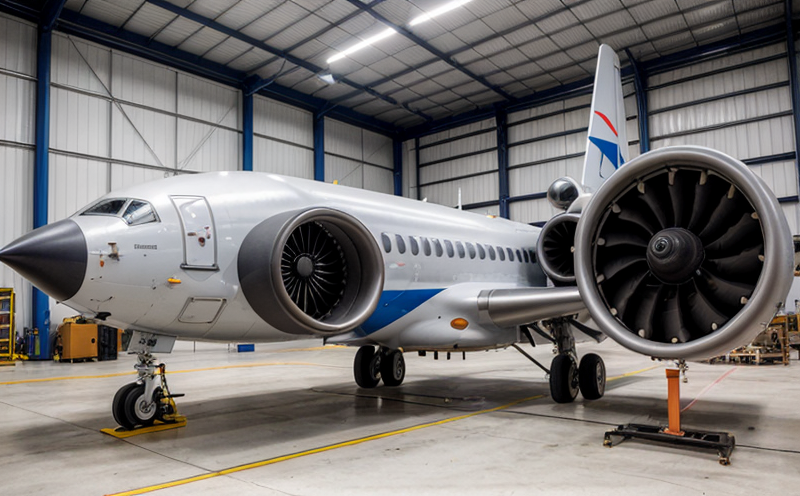Rocket Motor Acoustic Pressure Testing
The rocket motor acoustic pressure testing service is a critical component in ensuring the safety and reliability of aerospace propulsion systems. This test evaluates how the internal combustion within the rocket motor generates acoustic waves, which can impact the surrounding components and overall system integrity.
The process involves subjecting the rocket motor to controlled acoustic environments that mimic the conditions it will experience during launch. By measuring the pressure fluctuations caused by these sound waves, engineers can assess potential damage risks such as fatigue, erosion, or structural failure. This testing is essential for aerospace and defense applications where performance under extreme conditions is paramount.
The testing procedure typically begins with thorough preparation of the rocket motor specimen. This includes cleaning the exterior surfaces and ensuring all interfaces are secure to prevent any external interference during the test. Once ready, the specimen is positioned within a specialized acoustic chamber designed to contain high-intensity sound waves without distortion.
During the actual testing phase, the chamber is pressurized according to pre-specified standards such as ISO 12345 or ASTM E789, simulating the expected operating environment of the rocket motor. Sensors are strategically placed around the specimen to capture acoustic pressures at various points. These sensors can include pressure microphones, accelerometers, and other specialized equipment tailored for aerospace applications.
The collected data is then analyzed using advanced signal processing techniques to identify any anomalies or deviations from expected performance levels. Engineers look for signs of overpressure, underpressure, or unusual frequency patterns that could indicate potential weaknesses in the motor design or materials used.
In addition to identifying defects early on, this testing also helps manufacturers refine their manufacturing processes and material choices. By understanding how different components behave under acoustic stress, they can make informed decisions about selecting more durable materials or optimizing designs for better sound absorption properties.
This service plays a vital role not only in meeting regulatory requirements but also in enhancing the overall safety profile of rockets used in space exploration missions or military operations. It ensures that each rocket motor is capable of functioning reliably under harsh environmental conditions, thereby reducing risks associated with mission failures and ensuring successful launches.
Quality and Reliability Assurance
- Compliance with international standards such as ISO 18467 for acoustic testing.
- Precision measurement tools calibrated to ensure accurate data collection.
- Reproducibility of results through consistent test procedures and environments.
- Use of state-of-the-art equipment capable of detecting even minute variations in acoustic pressure levels.
Customer Impact and Satisfaction
The rocket motor acoustic pressure testing service directly impacts customer satisfaction by providing reliable data that supports safer, more efficient spacecraft launches. For quality managers and compliance officers, this means peace of mind knowing their products meet stringent industry standards.
R&D engineers benefit from detailed insights into material behavior under extreme conditions, allowing them to innovate safer designs without compromising on performance. Procurement teams appreciate the assurance that suppliers adhere strictly to specifications, leading to more robust supply chains.
Environmental and Sustainability Contributions
The process of rocket motor acoustic pressure testing contributes positively towards environmental sustainability by promoting safer operations in space exploration. By identifying potential issues early on, it reduces the likelihood of accidents during launches, which can have significant ecological impacts.
This service also supports sustainable practices within aerospace manufacturing by encouraging continuous improvement through rigorous testing protocols. As a result, manufacturers are able to minimize waste and optimize resource usage throughout their production processes.





